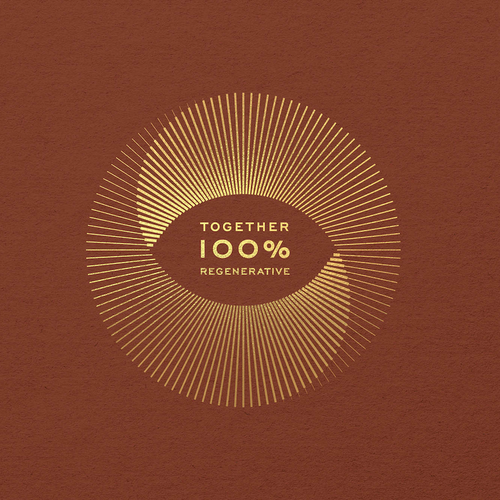The cacao content is a crucial indicator of both flavour and quality. High-quality chocolate typically contains a higher cacao percentage – usually 70% or more. This high percentage leads to a more intense and complex flavour experience, with more cacao mass and less sugar. It allows the natural aroma of the cacao bean to shine through.
However, more isn’t always better. The key is achieving the right balance to highlight a diverse range of flavours. Dark chocolates with high cacao content deliver a rich, intense experience, while milk chocolates, with cacao percentages between 30% and 50%, offer a milder, sweeter taste. The balance between cacao butter and sugar plays a significant role in the final flavour profile. In milk chocolate, the quality of the milk powder is also crucial in shaping the taste experience.


